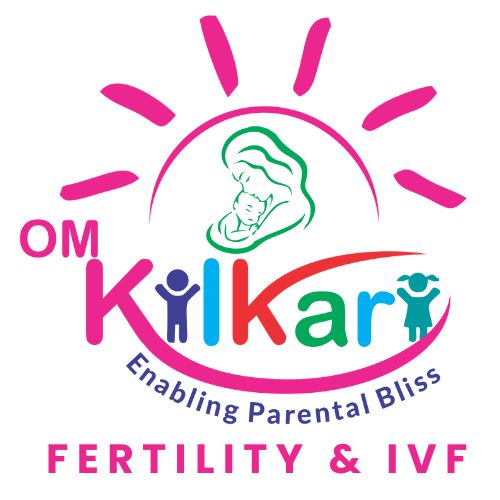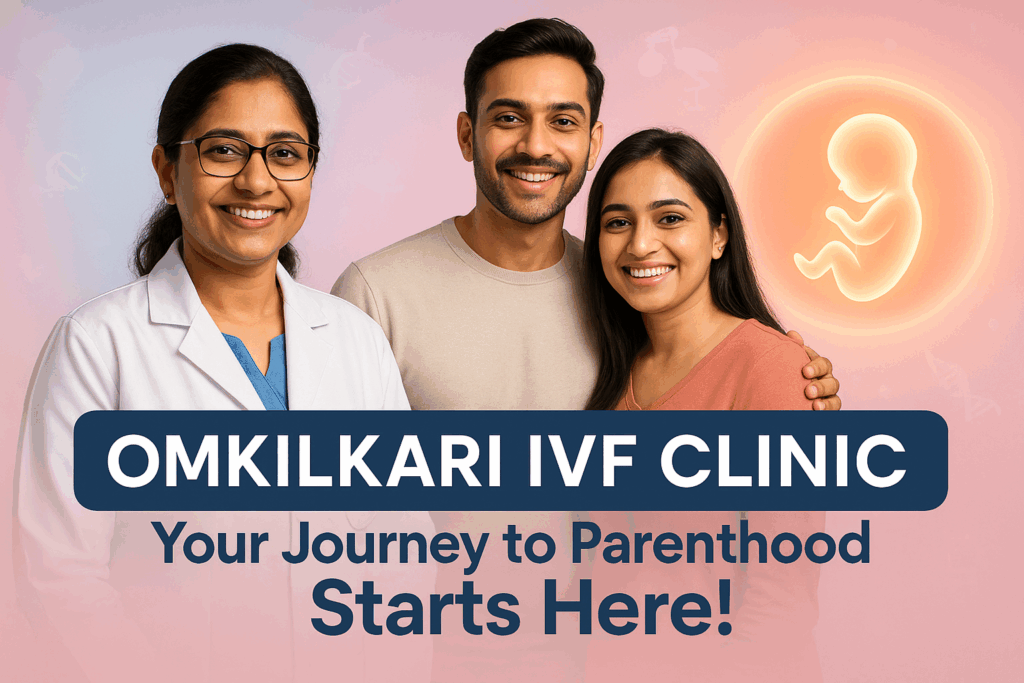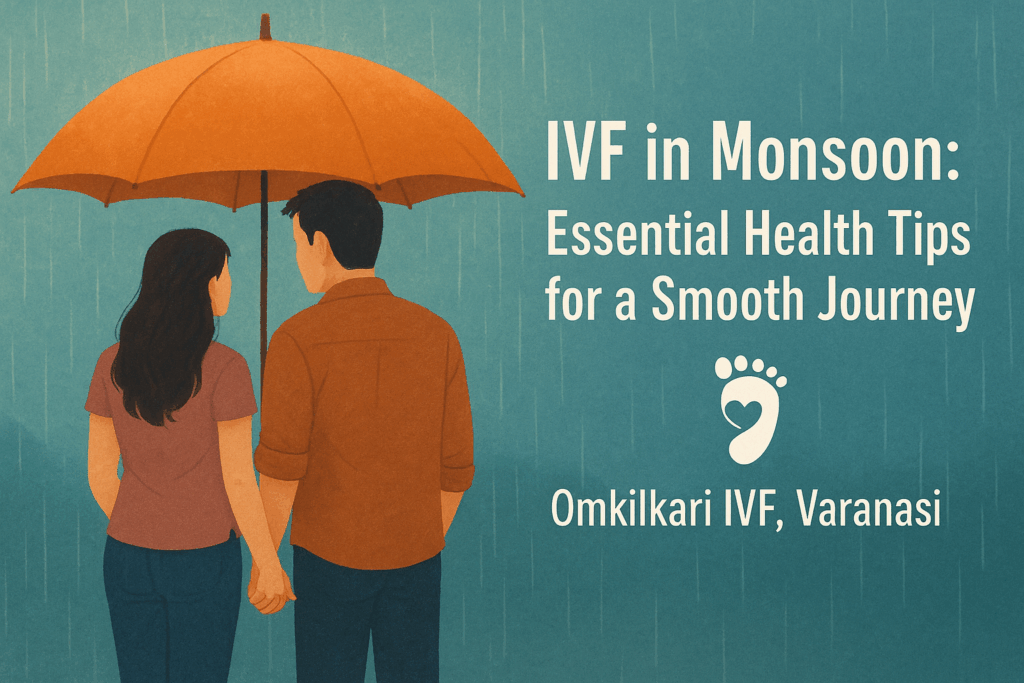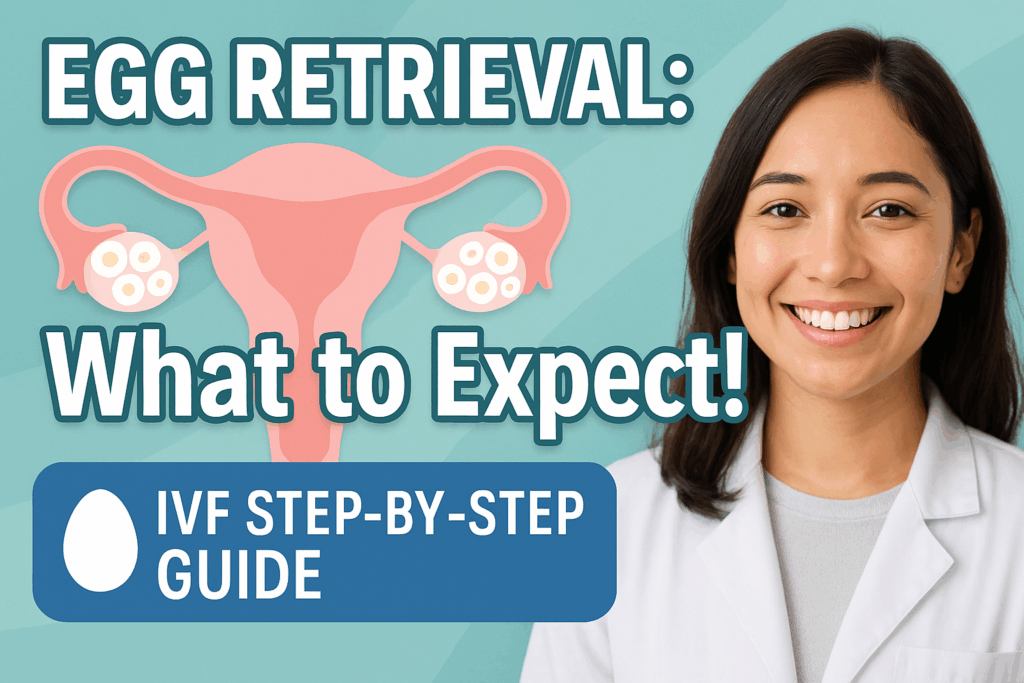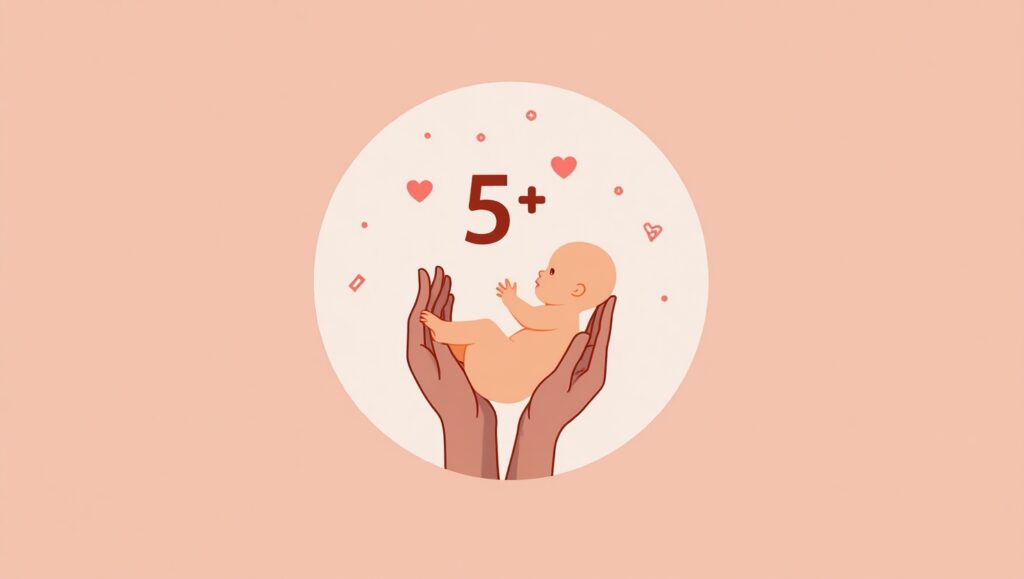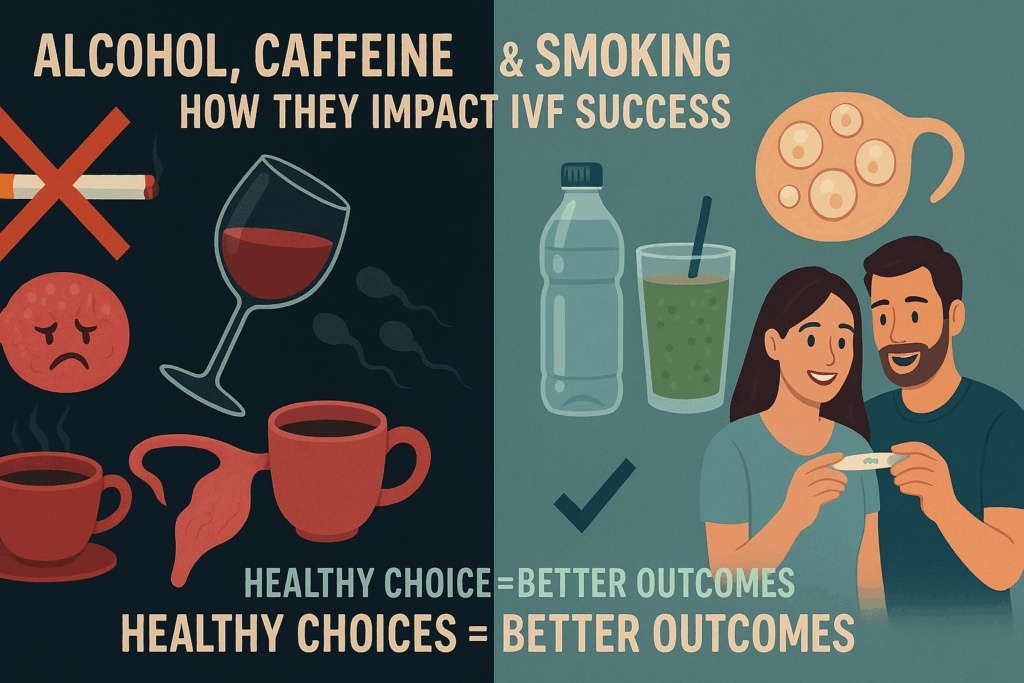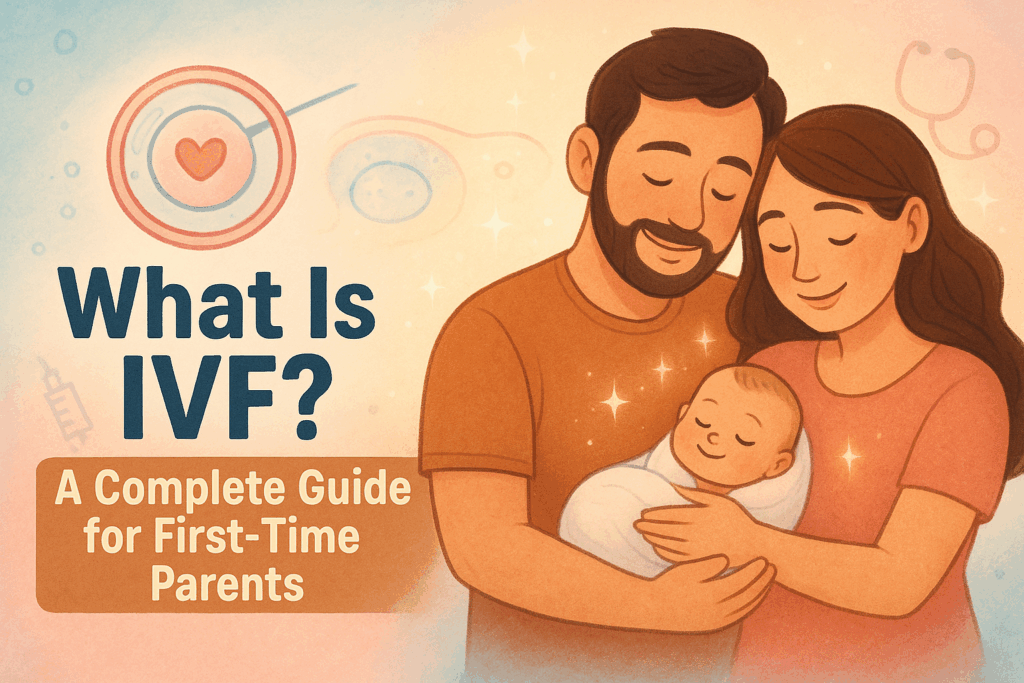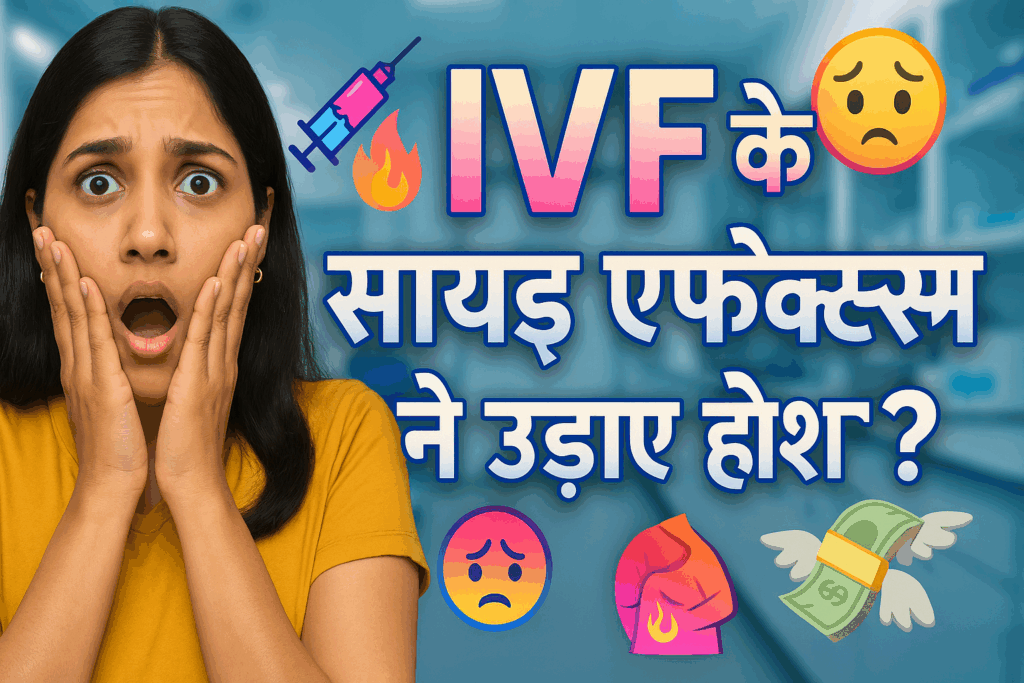Omkilkari IVF Clinic: Trusted Destination for Fertility Treatment in Varanasi
Introduction Infertility can be a challenging journey for many couples, but with advanced medical treatments like In Vitro Fertilization (IVF), hopeful parents can realize their dreams of having a baby. If you’re looking for the best IVF clinic in Varanasi, Omkilkari IVF Clinic stands out as a trusted and reliable fertility center offering cutting-edge treatments with high success rates. In this blog, we’ll explore why Omkilkari IVF Clinic is the preferred choice for fertility treatments in Varanasi, the services they offer, and what makes them a leader in reproductive healthcare. Why Choose Omkilkari IVF Clinic for Fertility Treatment? 1. Highly Experienced Fertility Specialists Omkilkari IVF Clinic boasts a team of renowned fertility doctors, embryologists, and gynecologists with years of expertise in IVF, IUI, ICSI, and other assisted reproductive technologies (ART). 2. State-of-the-Art Infrastructure The clinic is equipped with modern IVF labs, advanced embryology facilities, and cutting-edge technology to ensure the highest success rates in fertility treatments. 3. High IVF Success Rates With a proven track record of successful IVF pregnancies, Omkilkari IVF Clinic maintains transparent success rates, giving hope to couples struggling with infertility. 4. Personalized Treatment Plans Every patient receives a customized fertility treatment plan based on their medical history, age, and specific needs, ensuring the best possible outcomes. 5. Affordable and Transparent Pricing Unlike many high-cost IVF centers, Omkilkari IVF Clinic offers cost-effective fertility treatments without compromising on quality. Transparent pricing ensures no hidden charges. 6. Compassionate and Supportive Care The clinic provides emotional and psychological support to couples throughout their fertility journey, making the process less stressful. Fertility Treatments Offered at Omkilkari IVF Clinic 1. In Vitro Fertilization (IVF) A highly effective ART procedure where eggs and sperm are fertilized in a lab, and the resulting embryo is transferred into the uterus. 2. Intrauterine Insemination (IUI) A simpler fertility treatment where sperm is directly placed into the uterus during ovulation to increase the chances of conception. 3. Intracytoplasmic Sperm Injection (ICSI) A specialized form of IVF where a single sperm is injected directly into an egg, ideal for male infertility cases. 4. Egg & Sperm Donation For couples facing challenges with their own eggs or sperm, the clinic provides safe and legal donor programs. 5. Surrogacy Services Omkilkari IVF Clinic offers gestational surrogacy options for couples who cannot carry a pregnancy themselves. 6. Fertility Preservation (Egg/Sperm Freezing) For individuals undergoing cancer treatment or delaying parenthood, the clinic provides cryopreservation services. 7. Laparoscopy & Hysteroscopy Minimally invasive surgical procedures to diagnose and treat conditions like endometriosis, fibroids, or blocked fallopian tubes. 8. PGD/PGS (Genetic Testing) Preimplantation Genetic Diagnosis/Screening ensures healthy embryo selection, reducing the risk of genetic disorders. Success Stories at Omkilkari IVF Clinic Many couples have successfully conceived with the help of Omkilkari IVF Clinic’s expert team. Patient testimonials highlight: Frequently Asked Questions (FAQs) Q1. What is the cost of IVF at Omkilkari IVF Clinic? The IVF cost in Varanasi at Omkilkari IVF Clinic varies based on individual cases but remains competitive and transparent. Q2. What is the success rate of IVF at Omkilkari? The clinic maintains a high IVF success rate, depending on factors like age, fertility issues, and treatment type. Q3. Does the clinic offer financing options? Yes, flexible payment plans and EMI options are available to make treatment affordable. Q4. How do I book an appointment? You can call or WhatsApp the clinic or visit their website to schedule a consultation. Conclusion For couples seeking fertility treatment in Varanasi, Omkilkari IVF Clinic is a trusted, advanced, and patient-centric IVF center with a strong reputation for success. With experienced doctors, affordable pricing, and cutting-edge technology, they provide hope and solutions for infertility challenges.
